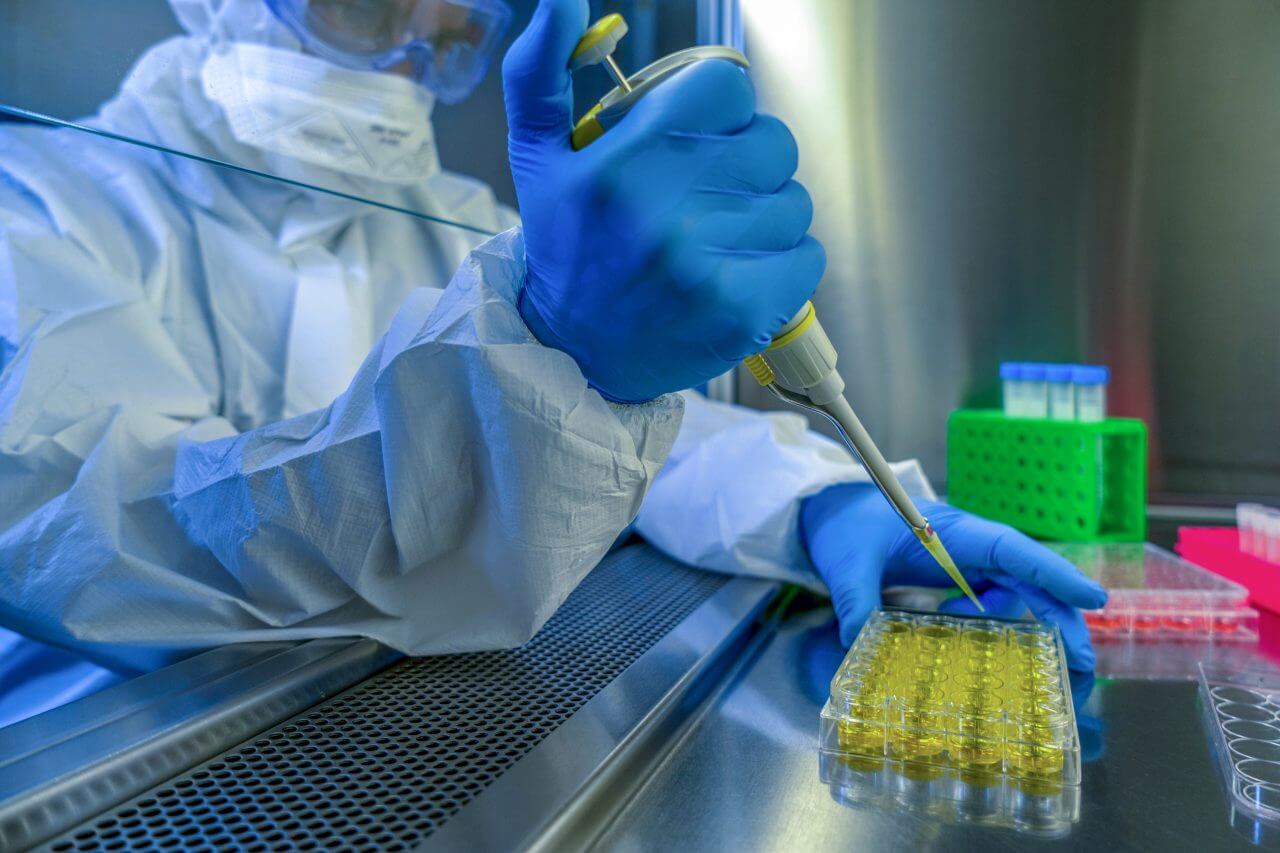mRNA Vaccines vs saRNA Vaccines

mRNA and saRNA vaccines are relatively new types of vaccines to protect against infectious diseases. mRNA stands for messenger ribonucleic acid and saRNA stands for self-amplifying ribonucleic acid. Below, we’ll outline the differences between the two vaccines, their benefits, and how they work to provide immunity.
What Are RNA Vaccines?
RNA vaccines use a virus’s own genetic code against it. RNA (ribonucleic acid) makes up the virus genetic code, which contains instructions for proteins the virus needs to make.
The genetic material in our bodies is DNA. In the nucleus of our cells, an enzyme splits apart the two strands that form DNA to form the single-stranded messenger RNA (mRNA). The mRNA moves out of the nucleus to our cell’s cytoplasm. Here, molecules called ribosomes translate the RNA’s code into proteins. In short, the ribosome starts making proteins, and the mRNA created from our DNA is the blueprint for the proteins it makes.
RNA vaccines take advantage of the fact that our ribosomes don’t care where the blueprints come from. If a new blueprint is introduced, the ribosome will assemble the protein.
What Are mRNA Vaccines?
An mRNA vaccine uses a man-made copy of a natural messenger RNA (mRNA) to produce an immune response. These vaccines teach our cells how to make a protein – or even just a part of a protein – that triggers an immune response in our bodies. That immune response, which produces antibodies, protects us from getting infected if the real virus enters our bodies.
Both the Pfizer and Moderna COVID-19 vaccines are mRNA vaccines.
What Are saRNA Vaccines?
The structures of mRNA and saRNA are similar but have one key difference. For the COVID-19 vaccines, both contain the RNA which codes for the virus spike protein. Both also contain a cap, which prevents the RNA from breaking down and helps start the protein synthesis in our cells, and a tail which helps stabilize the RNA. Unlike mRNA, though, saRNA also contains the code for the virus enzyme. This enzyme helps create multiple copies of the virus RNA once it’s in our cells, leading to quicker protein production.
saRNA produces copies of itself once it’s inside a cell so lower doses are required than those for mRNA vaccines. The cost per dose is also lower and that the same volume of vaccine produces more doses.
Imperial College and Arcturus both have saRNA vaccines in clinical trials.
Subscribe to our email newsletter to get the most important health and wellness news delivered straight to your inbox.
What Are the Benefits of RNA Vaccines?
RNA vaccines have several benefits over other vaccine types, the most positive being the speed at which we can make them. Synthetic RNA is straightforward to make in a lab, so it doesn’t take long to design and produce them. There are also safety benefits as well. Synthetic RNA can’t cause illness because the production of proteins can’t trigger an infection. The RNA gets broken down in our cells and doesn’t last long.
More Questions About mRNA and saRNA COVID-19 Vaccines?
If you’d like to learn more about the mRNA vaccines currently available as well as the saRNA vaccines visit the CDC.
Next Steps and Useful Resources:
Why Will a COVID-19 Vaccine for Children Take Longer?
What is Herd Immunity?
[PODCAST] COVID-19 CEO Update (12.11.2020)
Find a COVID-19 Testing Site



